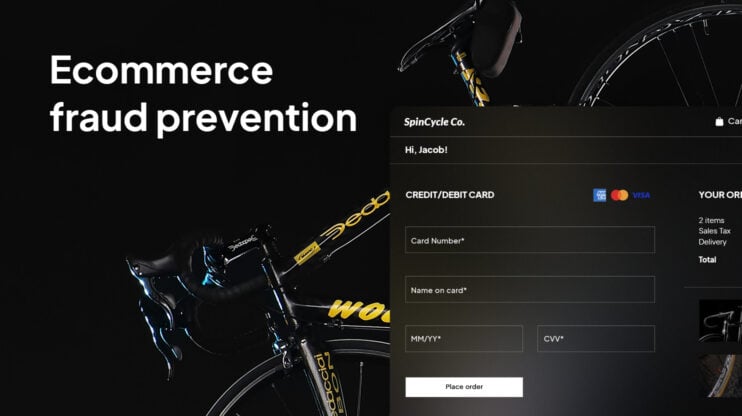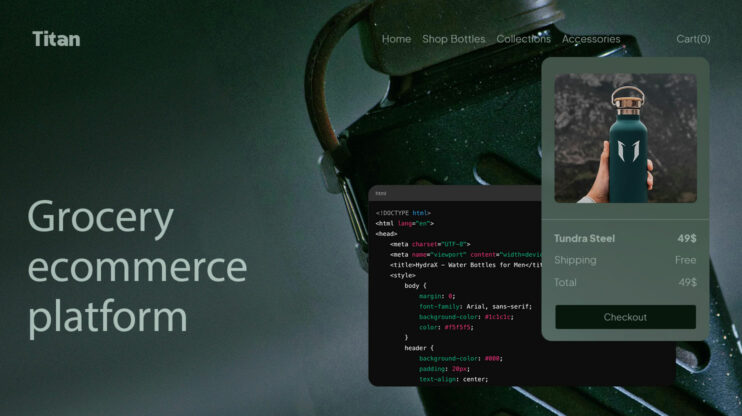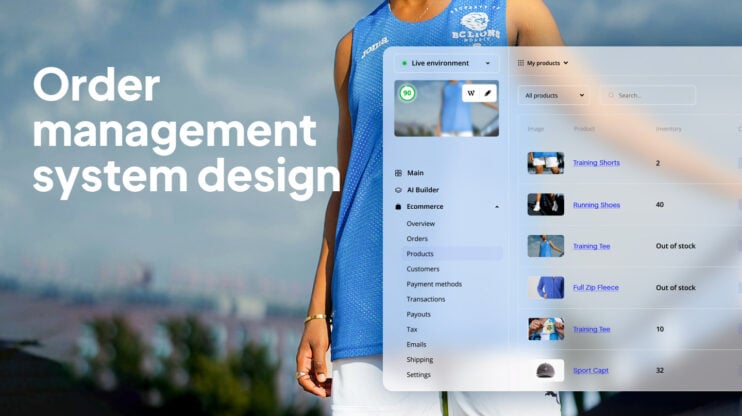Do you want to sell locally? Local SEO for ecommerce is the “secret” strategy for you. Since consumers are increasingly searching for products “near me,” optimizing your online store for local search can put your business front and center. Whether you operate entirely online or have a physical presence, local SEO allows you to attract high-intent customers ready to buy, giving you a competitive edge in your community.
Using specific strategies for local shoppers, you can stand out from bigger brands, attract more local visitors, and turn them into loyal customers. This guide will show you how to improve your Google My Business profile, create local content, and boost your ecommerce store in local search results. Let’s get started!
FAQ
What is local SEO for ecommerce?
What is the difference between ecommerce SEO and local SEO?
How to do local SEO for an ecommerce website?
How to optimize product pages?
How to use Google My Business?
What is the role of schema markup?
What are the strategies for local keyword research?
What is local SEO for ecommerce?
Local SEO for ecommerce helps online stores show up in search results for nearby shoppers. It makes your business more visible to people in your area who are looking to buy products like yours.
Why is local SEO important for ecommerce?
Local SEO matters for ecommerce because many shoppers want to buy from nearby businesses. Even if you only sell online, local customers often prefer to support companies in their area. Doing local SEO right, you can reach these potential buyers who are close to you.
Local searches on Google often show a map with three businesses listed below it. This is called the local 3-pack. Getting your store to show up here can bring in a lot of new customers. People tend to trust and click on these top local results.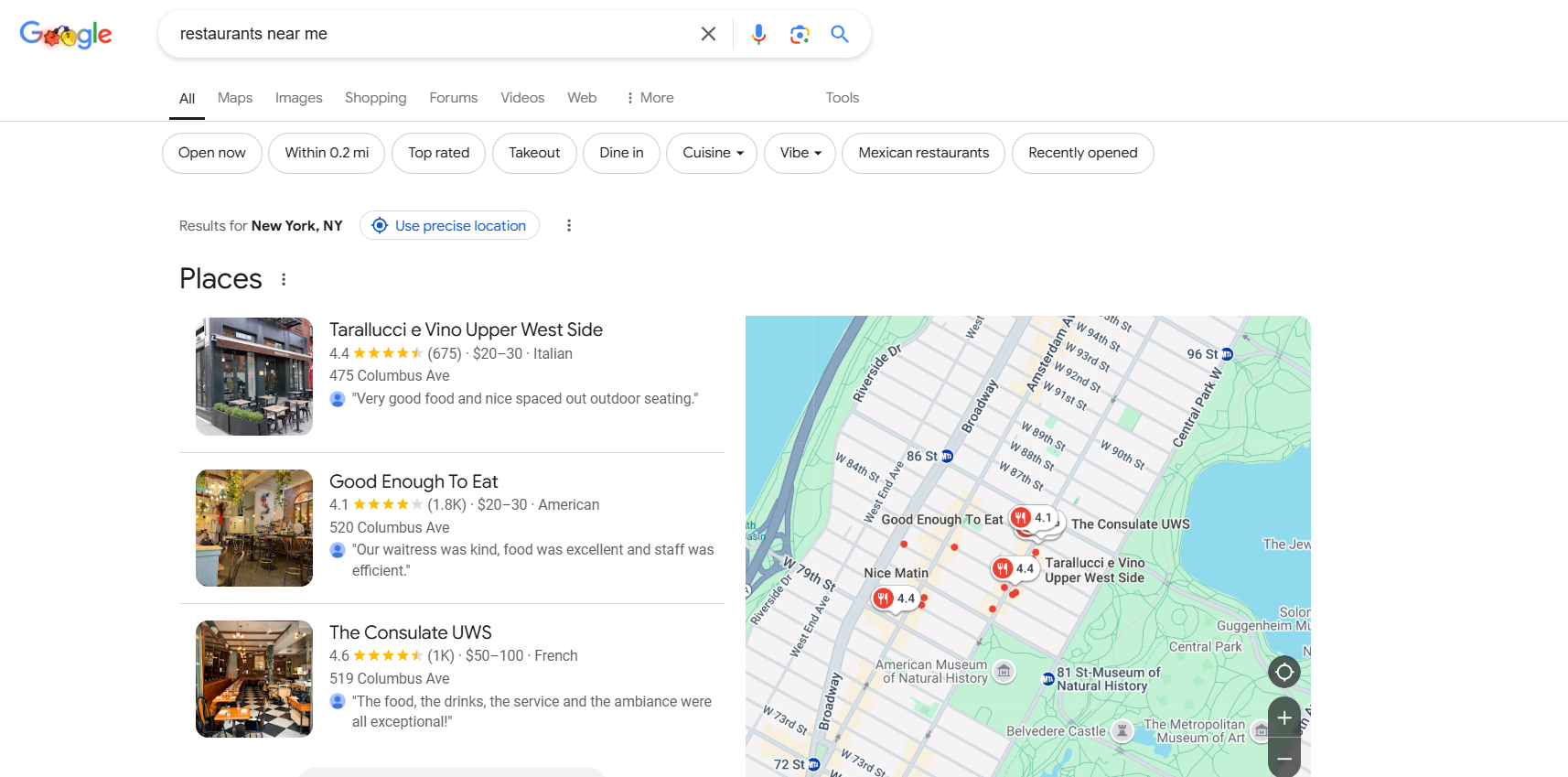
Local SEO also helps you compete with big national brands. You can stand out in your area by focusing on local keywords and building a strong local presence online.
Combining ecommerce with local SEO connects you to both local and distant buyers, giving you more opportunities for sales. Local searches often lead to quick purchases, and appearing in those results can drive online and in-person traffic effectively.
The benefits of local SEO for ecommerce
To sum up the benefits of local SEO for ecommerce, we will have the following:
- More targeted traffic: You’ll get visits from people in your area who are more likely to buy.
- Better conversion rates: Local customers often trust nearby businesses more, leading to more sales.
- Less competition: It’s often easier to rank for local searches than broad national ones.
- Improved brand awareness: People in your area will become more familiar with your store.
- Higher ROI: Local SEO can be cheaper and more effective than trying to rank nationally.
How to do local SEO for ecommerce?
To reach the local customer in the most effective way possible, there are several tried and tested techniques you can implement. Let’s discuss them all!
Maximizing local visibility for your online store
Local visibility can give your ecommerce store a big boost. By focusing on your area, you can reach more nearby customers and grow your business.
Start by claiming and filling out your Google My Business profile. Add photos, your store hours, and a good description. Keep this information up to date. Use local keywords on your website, like your city or neighborhood names.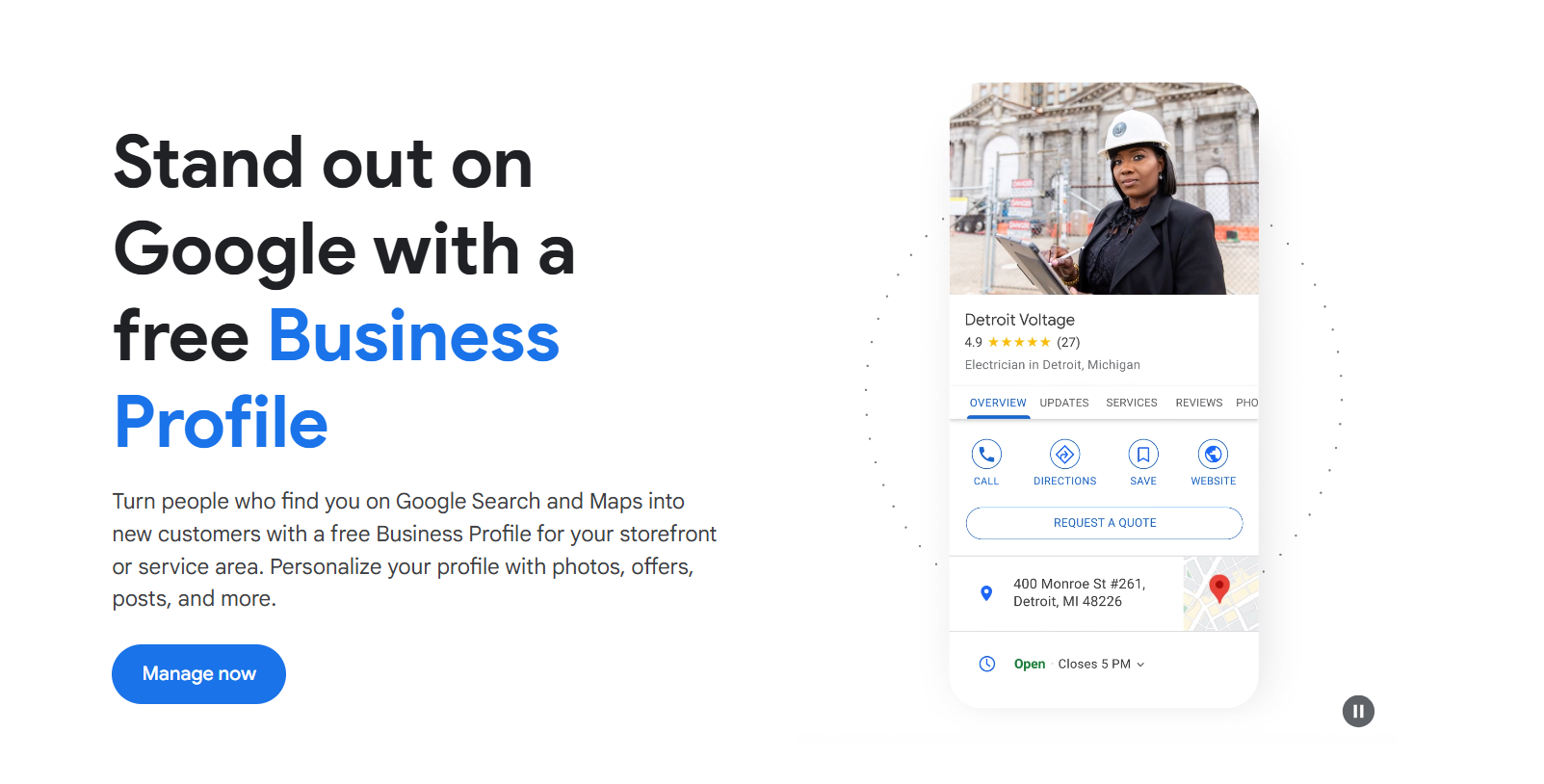
Make sure your site works well on phones since many people search on the go (we will discuss this later in depth). Google My Business lets you show up in local searches and on Google Maps, which can bring more customers to your website or physical store.
Create content about local topics or events. This can help you show up in local searches. Ask happy customers to leave reviews on Google and other sites. Good reviews can lift your rankings. Link to local groups or businesses on your site, and try to get links back from them too.
Optimize your Google My Business listing
To get the most out of Google My Business, fill out your profile completely. Add your store name, address, phone number, and website. Pick the right business categories that match what you sell. Upload high-quality photos of your products and store. Keep your hours up to date, especially during holidays.
Make sure your info is the same across all online platforms. This helps Google trust your listing more. Ask happy customers to leave reviews on your Google My Business page. Good reviews can make people more likely to buy from you. Respond to all reviews, both good and bad, to show you care about customer feedback.
Use Google Posts for promotions
Google Posts lets you share updates right on your Business Profile. Use them to highlight new products, sales, or events. Add eye-catching images to grab attention. Keep your posts short and clear – aim for 150-300 characters. Include a call-to-action button like “Learn more” or “Buy now” to guide customers.
Post regularly to keep your profile fresh. Try different types of posts like product highlights, special offers, or company news. Track which posts get the most views and clicks. Use this info to make better posts in the future. Remember, Google Posts only stay visible for 7 days, so plan your content calendar accordingly.
Encourage customers to leave reviews
Ask happy customers to share their thoughts. Send a follow-up email after purchase with a link to leave a review. Make it easy by giving clear steps. You can also add a review link to your website and order confirmation pages. Always reply to reviews, good or bad. Thank people for positive feedback. For negative reviews, stay calm and professional. Apologize for any issues and offer to make things right.
Try offering a small discount on their next purchase as a thank you. But don’t buy fake reviews – it’s against the rules and can hurt your business.
Use QR codes in packaging or on receipts to make leaving reviews quick. Train your staff to politely ask for reviews from satisfied customers. Remember, the best reviews come from genuine, positive experiences.
Build local citations and directories
Get your store listed in online directories. Start with big ones like Yelp and Yellow Pages. Then look for local directories in your area. Make sure your name, address, and phone number are the same on all listings.
Join your local chamber of commerce and get listed on their site. Look for industry-specific directories too. If you sell clothes, find fashion directories. For food, look for restaurant listings.
Check your listings often to fix any wrong info. Correct details help both search engines and customers find you. Some directories let you add photos or special offers. Use these to stand out and draw more people to your store.
Analyze and use keywords for local relevance
Start by making a list of products or services you offer. Add location words like city names, neighborhoods, or landmarks. Use Google’s search suggestions to find more ideas. Look at what your competitors rank for locally.
Using local keywords helps your content show up when people search for products in your area. Start by making a list of words and phrases related to your business and location. Include your city, neighborhood, and nearby landmarks. Try different word orders and spellings. “Pizza delivery Chicago” and “Chicago pizza delivery” are both good to target. Include nearby cities if you serve them too.
Don’t forget long-tail keywords. These are longer, more specific phrases. They often have less competition. “24-hour emergency plumber downtown Seattle” is an example.
Important: use the keywords in a natural way. Don’t stuff them in where they don’t fit. The goal is to write content that’s helpful and easy to read for your local customers.
Tools for local keyword insights
Google Keyword Planner is a free tool for researching keywords. It shows search volume and competition levels. You can filter results by location to focus on your area.
SEMrush and Ahrefs have paid tools with more features. They can show you keywords your competitors rank for locally. This helps you find gaps in your strategy and work on improving it.
Google Trends is useful for seeing how popular terms are in different regions. It can also show you related topics and queries people search for.
Remember to look at local directories and review sites. The words people use there can give you ideas for keywords to target.
Create content that appeals to local customers
Localized content marketing helps ecommerce businesses connect with nearby customers. It involves creating content that speaks to local interests and needs while using relevant keywords.
To make content that local customers like, think about what matters to people in your area. Look at local news, events, and trends. Write about topics that link to your products and local life. For example, if you sell outdoor gear, you could write about the best hiking trails nearby.
You can also share stories about your business’s role in the community. Talk about local charities you support or events you take part in. This shows you care about the area and helps build trust with local shoppers.
Don’t forget to use a friendly, local tone in your writing. Use local slang or references when it fits naturally. This makes your content feel more personal and relatable to people in your area.
Looking to sell online? Develop and launch your store with 10Web AI Ecommerce Website Builder.
Create your online store in minutes!
Optimize title tags and meta descriptions
Optimizing title tags and meta descriptions falls into on-page SEO optimization. This helps local ecommerce stores show up in search results. It focuses on making your website pages easy for search engines and customers to understand. Good on-page SEO can bring more local shoppers to your online store.
Title tags are the clickable headlines that appear in search results.
Meta descriptions are the brief text snippets below them summarizing the page content.
When optimizing the title tags and meta descriptions for local ecommerce, include your city or area in title tags when it fits. Keep titles under 60 characters so they don’t get cut off.
Meta descriptions should be clear and include a call to action. Add your location and mention any local perks like same-day pickup. Aim for 155-160 characters. Again, use keywords naturally, but don’t stuff them in.
Here’s an example:Title: Women’s Shoes – Free Local PickupMeta: Shop women’s shoes at [Store Name] in [City]. Free local pickup available. Browse our selection and order online today!
Create high-quality product pages
Good product pages help both customers and search engines. Start with clear, detailed product names. Include key information like size, color, and material. If relevant, add your location, like “handmade in [City].”
Write unique product descriptions. Don’t just copy from the maker. Tell customers why the product is great and how it can help them. Use bullet points for easy reading. Add high-quality photos from different angles. Include alt text with product names and features. This will help visually impaired users and boost SEO.
Use schema markup to give search engines more information about your products. This can lead to rich snippets in search results, which catch people’s eye.
Optimize for mobile
More people use phones to shop online these days. Here are some tips you can follow:
- Your site needs to work well on small screens. Make sure the text is easy to read and the buttons are big enough to tap.
- Use a responsive design that adjusts to different screen sizes.
- Keep menus simple and put the most important info at the top of pages.
- Test your site on many types of phones to check that it looks good and works right.
- Local shoppers often look up stores while out and about. Add features like “click to call” and maps to help them reach you.
- Make sure your address and hours are easy to find on mobile. Think about how people use phones and make your site match those habits.
Work on the site speed and navigation structure
A fast website keeps shoppers around longer. Use tools like Google PageSpeed Insights to check your site speed. Make images smaller and use fast hosting. For speedy hosting, you can consider 10Web’s Managed hosting plans powered by AI. Get rid of things that slow down your pages, like big files or fancy effects.
Your site structure should make sense to both people and search engines. Use clear groups for your products. Make a simple menu that shows these groups. Add breadcrumbs to help people know where they are on your site. Link between related products to help shoppers find more things they might like.
A good site map helps search engines understand your pages. It also makes it easier for local shoppers to find what they want. Think about how people in your area might look for products and organize your site to match.
Acquire backlinks from local sources
Local sources can give you good links. Look for town websites, local news sites, and community blogs. Ask if they can add your store to their business lists. Join local business groups and get listed on their sites. Make a profile on local review sites like Yelp. These links show search engines that you’re part of the community.
Look for local events you can join or sponsor. This often gets you a link on the event website. Write guest posts for local blogs about topics related to your products. Offer to give expert quotes to local reporters. They might link to your site when they use your info.
Analyzing local SEO performance
Tracking your local SEO efforts is key to success. You need to know what’s working and what’s not so you can make smart choices for your online store.
Keep an eye on these important numbers in order to measure your success of local SEO for ecommerce:
- Rankings: Check where your site shows up in search results for local keywords.
- Traffic: Look at how many people visit your site from local searches.
- Conversions: Count how many local visitors buy something or take action on your site.
- Reviews: Watch the number and quality of reviews you get on Google and other sites.
- Click-through rate: See how often people click on your site in search results.
These metrics help you understand if local customers can find and like your store.
Using analytics tools to gain insights
Analytics tools provide valuable data to help you understand your website’s performance and improve your local SEO strategy. Here’s how different SEO tools can help:
Google Search Console
Google Search Console helps you monitor your site’s performance in search results. It shows which keywords drive traffic, your average rankings, and click-through rates (CTR). You can also identify issues like broken links or slow-loading pages that might affect your local SEO and fix them to improve visibility.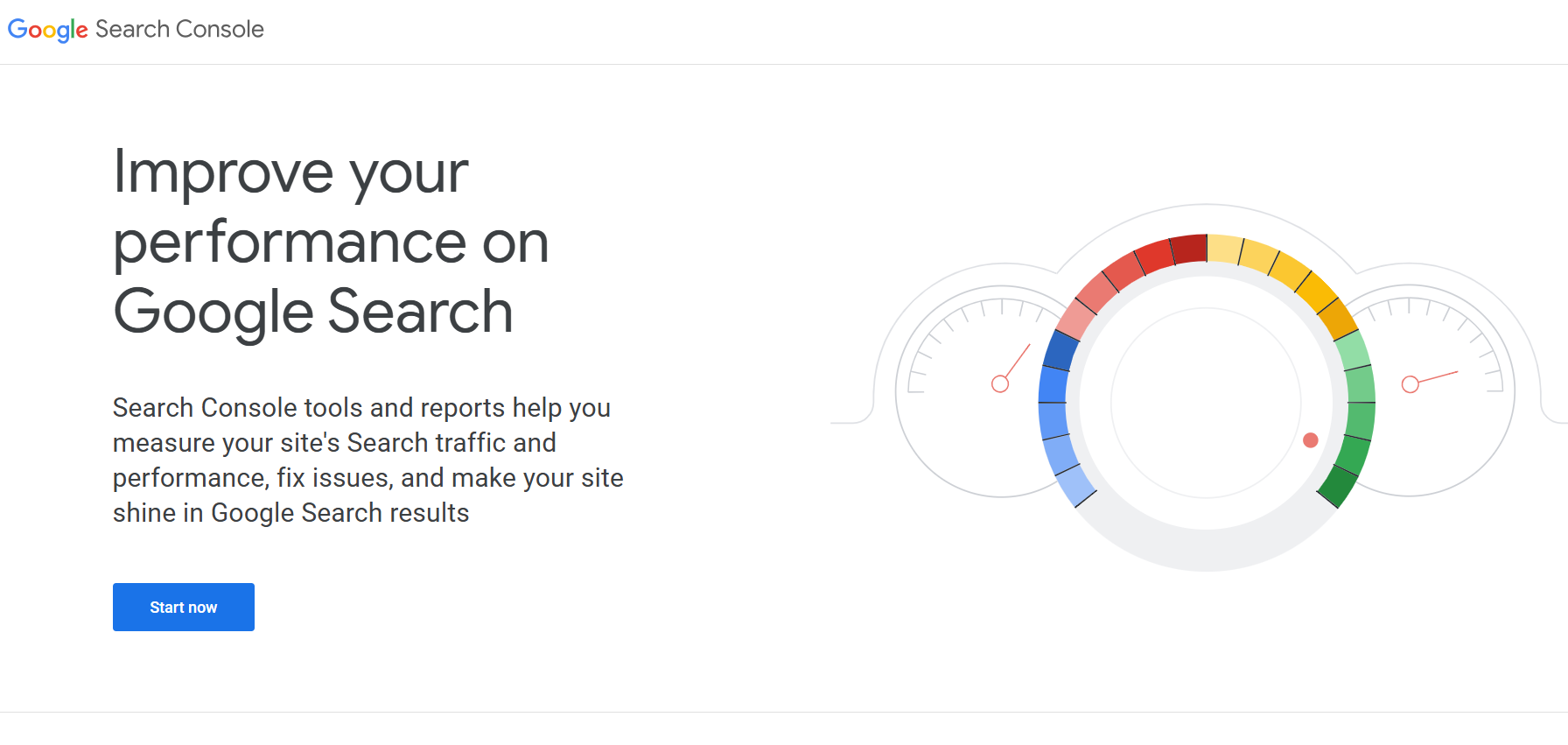
Google Analytics
Google Analytics provides detailed insights about your website visitors. It tells you where your traffic is coming from, whether it’s organic search, social media, or referrals. You can also track user behavior on your site, such as which pages they visit and how long they stay, helping you understand what content resonates with your audience.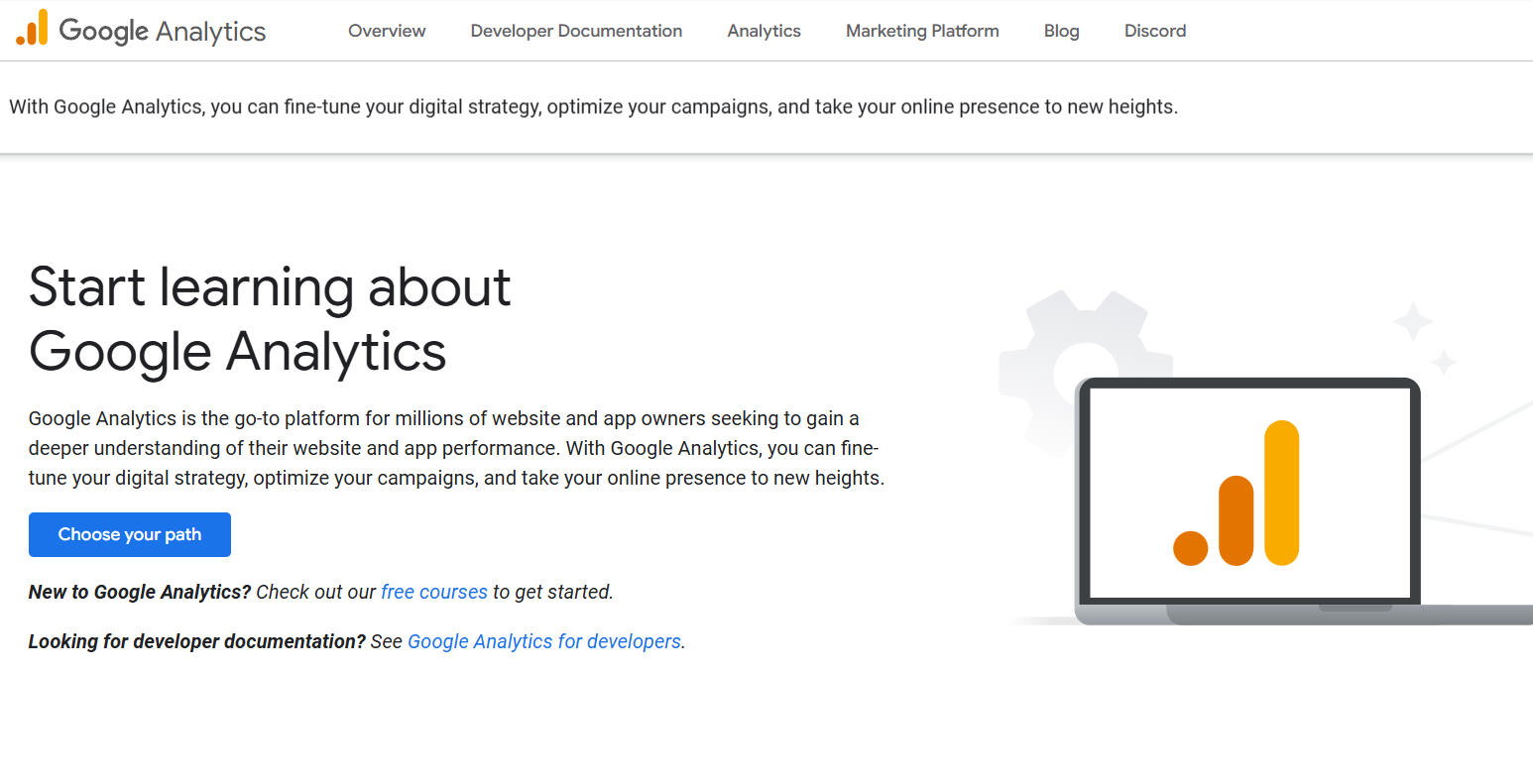
SEMrush
SEMrush is a powerful paid tool for tracking local keyword rankings and analyzing your competitors. It shows which keywords your competitors rank for and provides suggestions to improve your own rankings. You can also track backlinks and identify opportunities to strengthen your local online presence.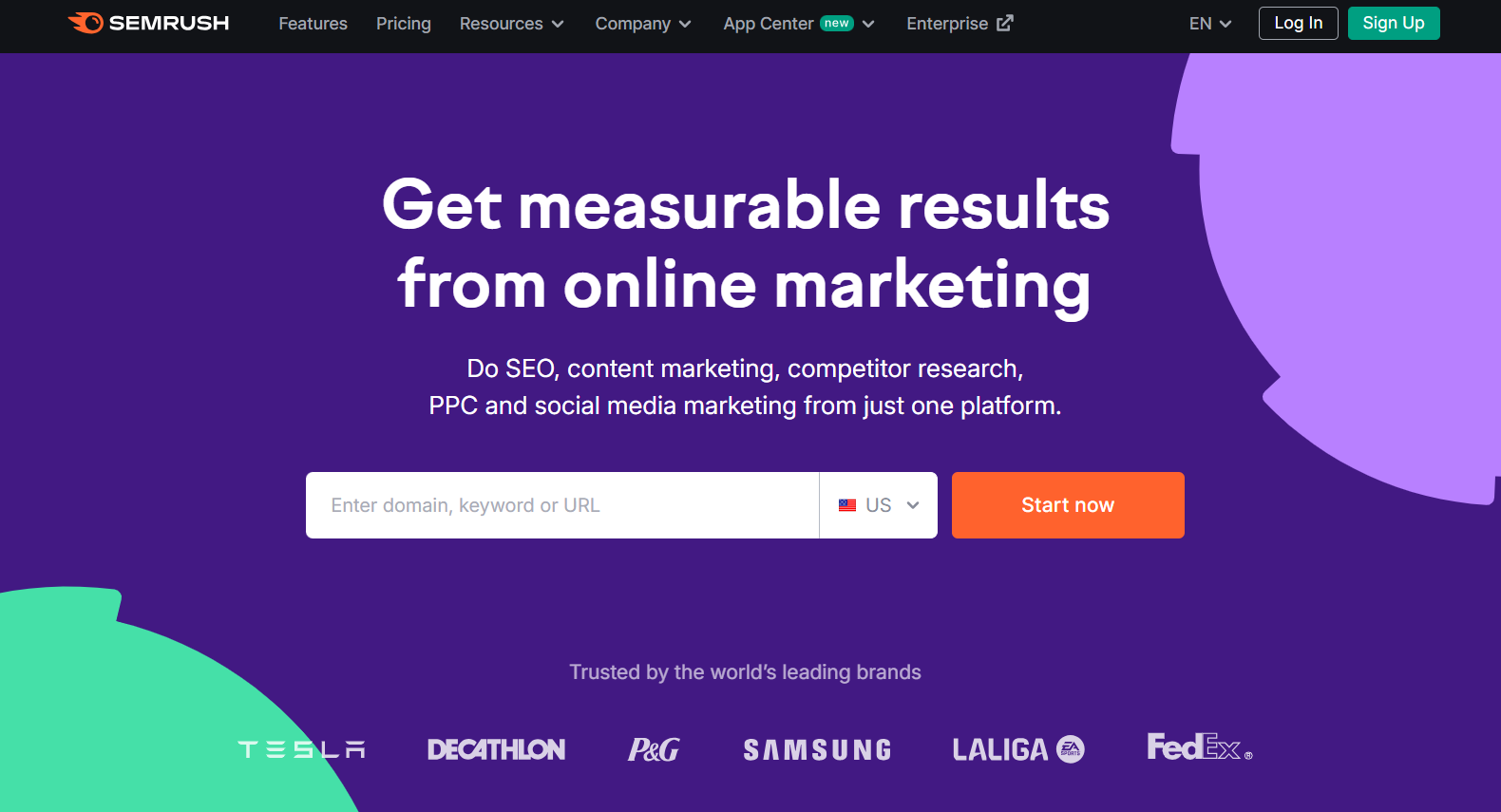
Ahrefs
Ahrefs is an inclusive tool for SEO analysis and backlink tracking. It helps you identify high-quality backlinks that boost your rankings and shows competitor backlink profiles for comparison. Ahrefs also provides keyword research tools tailored for local SEO, enabling you to find and target terms that drive traffic in your area.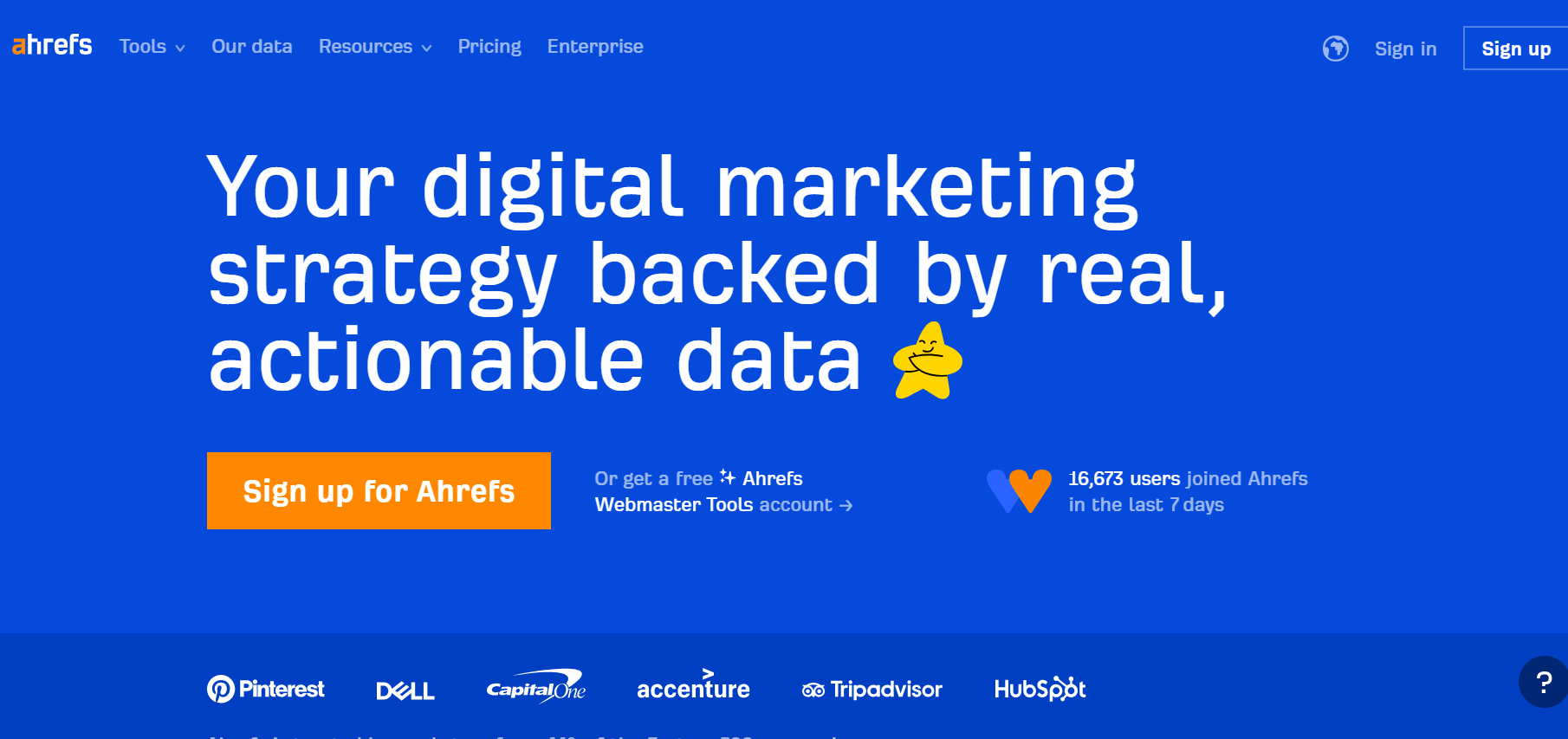
Each of these tools allows you to identify strengths and weaknesses in your local SEO efforts. By acting on these insights, you can optimize your website to better serve local customers and achieve better search rankings.
Conclusion
Local SEO can be a game-changer for ecommerce businesses looking to attract nearby customers. By optimizing your online store for local search, you can drive targeted traffic, build trust, and outshine larger competitors in your area. The strategies covered—ranging from optimizing Google My Business to creating localized content and getting quality backlinks—lay the groundwork for a strategic local SEO plan.
Whether you’re just starting with local SEO or refining your existing efforts, the key is consistency. Regularly updating your listings, engaging with customer reviews, and analyzing performance metrics will ensure you remain competitive in local search results. With a well-executed local SEO strategy, your ecommerce store can connect with high-intent shoppers and grow your presence both online and in your community.
Looking to sell online? Develop and launch your store with 10Web AI Ecommerce Website Builder.
Create your online store in minutes!









